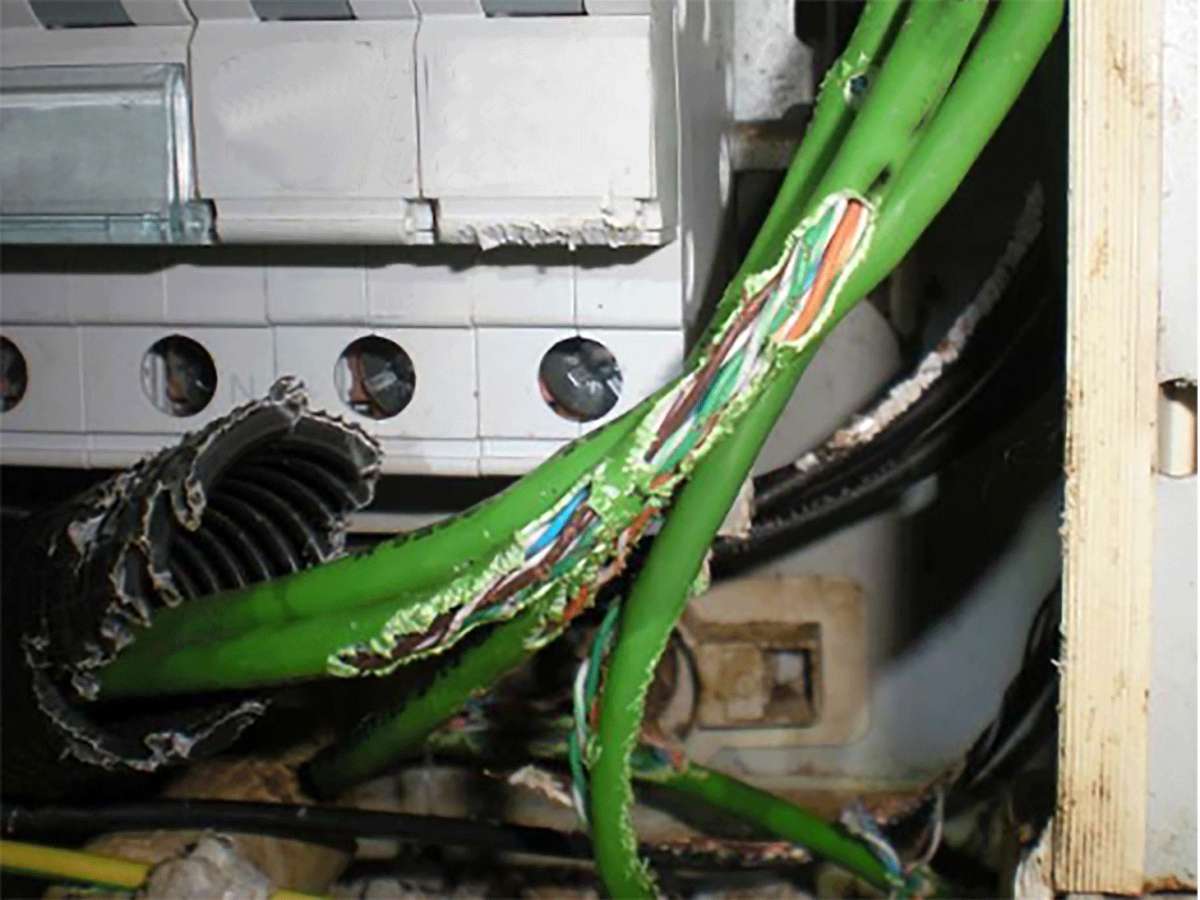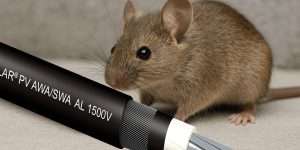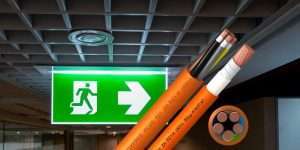Armoured AWA/SWA cables provide an extra layer of protection wherever mechanical protection is needed. Their…
Preventing rodent damage to cables and equipment
Rodents can cause significant damage to cables and electrical equipment, jeopardizing the safety and functionality of your electrical system. To safeguard your cables from rodent damage and avoid costly repairs, one of the best ways is to use armored AWA/SWA cables.
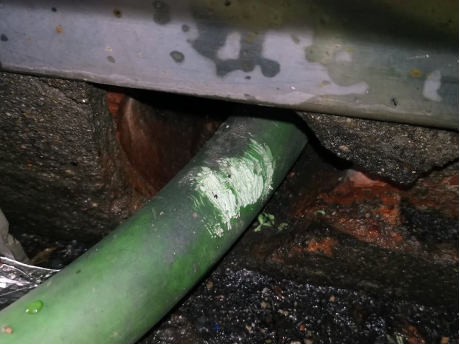
MAIN HAZARDS THAT CAN DAMAGE TO CABLES
Rats, mice, squirrels, beaver, or racoons chewing on electrical wires can threaten your electrical installation. When they chew through the protective outer sheath of cables, they expose the copper conductor. This can lead to short circuits, electrical fires and even electrocution.
If there is a high risk of rodents, such as port areas, industrial premises, dwellings, sewers, or railway infrastructure, we suggest electrical contractors, engineers, and installers to use armor cables.
In the UK, there was travel misery for thousands of rail passengers after rodents gnawed through cables, disabling electric signals. In France, rats nibbling at signaling cables led to a crash between two passenger trains that injured 40 people in south-west France. In Ireland, a rat caused 12 hour disruption to main train service. These are just a few examples of how important it is to keep rodents out of your cable infrastructure.
PROTECTING YOUR CABLES FROM RODENTS: USE ARMOURED AWA/SWA & STA CABLES
One of the best ways to protect your cables from rodents is to use armored AWA/SWA cables. Aluminium wire armor (AWA) or steel-tape armor (SWA) cables have a protective layer of metal armor specifically designed to resist rodent damage to cables. They are also excellent for mechanical harsh conditions.
At the end of the day, Armored AWA/SWA cables save you the time, money, and hassle of replacing damaged cables from mice and rats.
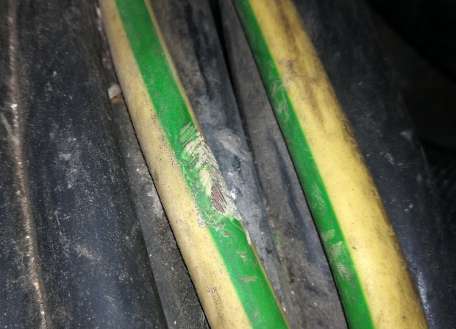
OTHER SIMPLE RODENT-PROOFING TIPS FOR ELECTRICAL INSTALLATIONS
To keep rodents out of your facilities, it is important to seal any holes or cracks that they could use to get inside. We recommend regular inspections for find and fix mice infestations before they cause significant damage. It is critical to remove any food and water source. And, if you have already detected a rodent infestation, you may need to set traps to remove them. By following these simple tips, you can effectively protect your property from rodents and minimize the risk of damage to cables.
THE BEST PROTECTION AGAINST DAMAGE TO CABLES
When it comes to protecting your cables from rodents, the best defense is a multi-faceted approach. By implementing these measures, you can significantly reduce the risk of rodent damage to cables and ensure the smooth operation of your electrical systems:
- Use armored AWA/SWA cables in rodent environments.
- Seal any holes or cracks that they could use to get inside.
- Regular inspections for find and fix mice infestations.
- Remove any food and water source.
- Set traps to remove rodents.
- Install PV cables with anti-rodent additive in solar environments.
Armoured AWA/SWA cables with their protective metal armor serve as a robust physical barrier, discouraging rodents from attempting to chew through.
ECO-FRIENDLY RODENT ADDITIVE REPELLENT FOR RUBBER OR MEDIUM VOLATGE PV CABLES
The remote locations of PV plants, often nestled amidst rural landscapes, bring them face to face with the threat of rodents that may damage the electric cabling system. TOPSOLAR® H1Z2Z2-K string cable or X-VOLT® RHZ1 cable’s outer sheath material is vulnerable to rodent bites. Top Cable adds an extra layer of anti-rodent additive during the manufacturing process of these cables, to prevent mice from damaging solar cables. This additive is non-toxic and eco-friendly and is only applied on the customer’s specific request.
TOP CABLE, ARMOURED CABLES THAT SAVEGUARDS YOUR ELECTRIC CABLES FROM RODENTS
Top Cable’s armoured cables are designed to protect electrical cables from damage by rodents. These cables are ideal for use in areas where rodents are a problem, such as port areas, industrial premises, dwellings, sewers, or railway infrastructure. These cables are effective and easy to install, and are available in a variety of sizes and lengths to meet your specific needs.
If you are looking for a way to protect your equipment from damage to cables by rodents, Top Cable’s armoured cables are the perfect solution for you. Contact us today!

